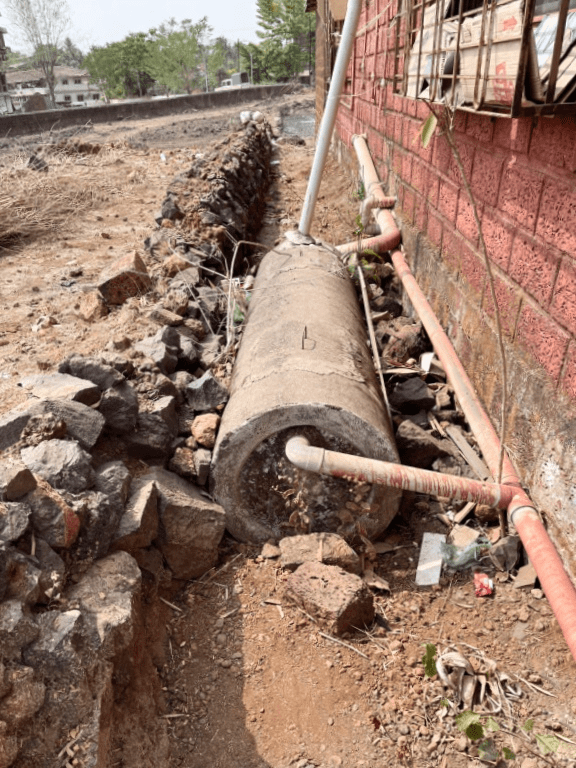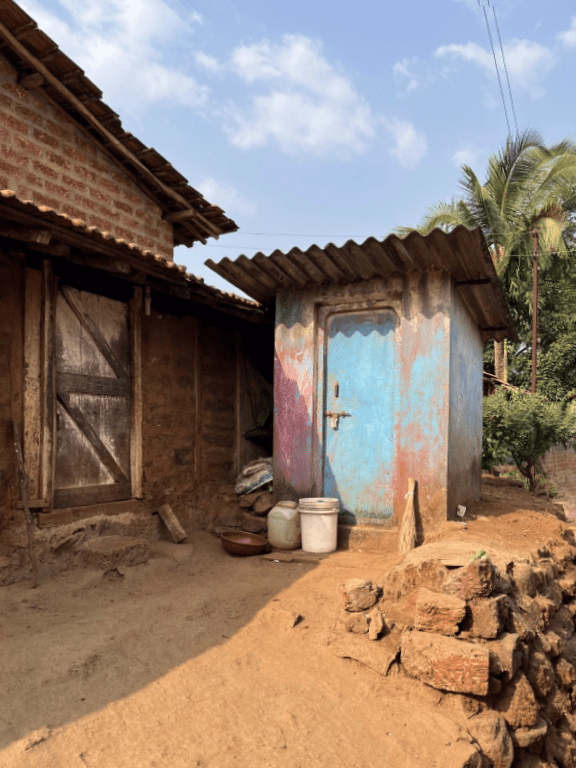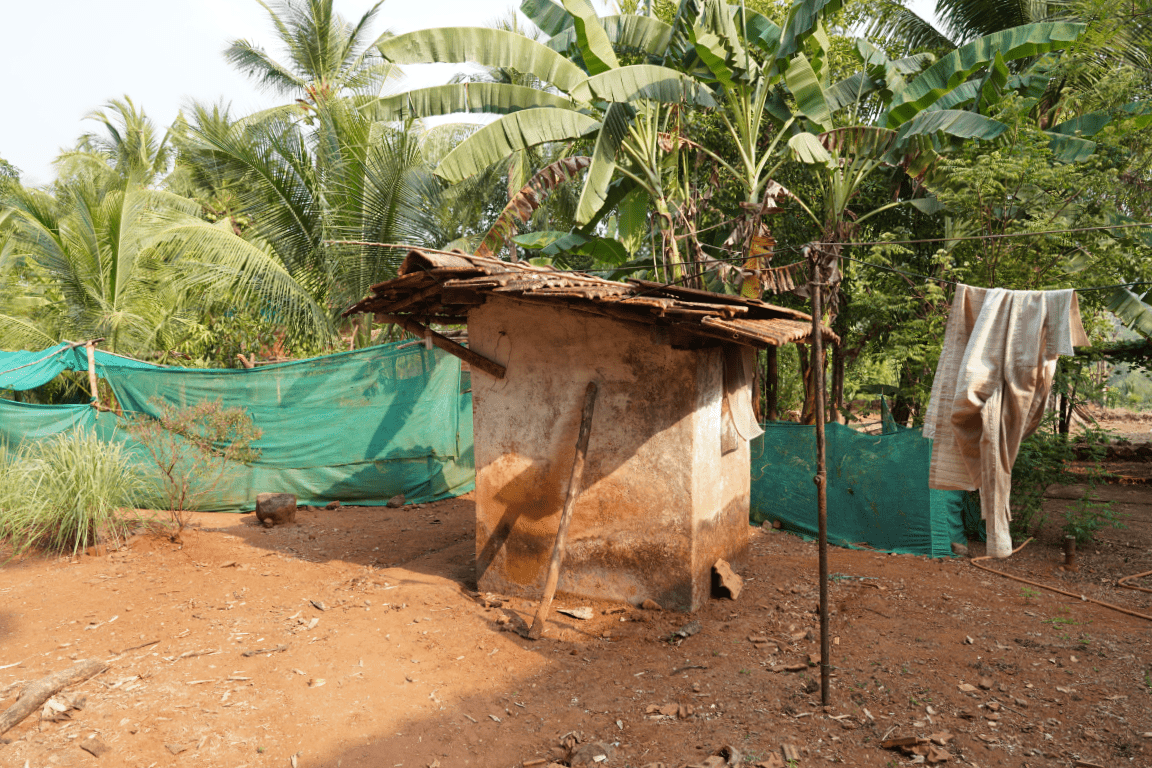Over the last decade, the state of sanitation and hygiene in India has gradually improved. The government has implemented various schemes to upgrade the condition of sanitation in the country. The Total Sanitation Campaign built 57 million household sanitary latrines by 2012, while the Swacch Bharat Campaign added around 110 million toilets all across India. This work has brought the basic sanitation coverage in India to 93.3% by 2019. But with a population as massive as India, there are still another 210 million people who do not have access to improved sanitation. Real change will be seen only when there is a social movement toward the betterment of sanitation in the country. India falls short in terms of effective law, poor infrastructure, and a lack of awareness regarding the benefits of good sanitation.
One of the bigger challenges in this process of improvement is changing the mindset of people toward sanitation and hygiene. Social and economic reasons aside, superstition also plays a big part in hindering this process. In many households across rural India, there is a belief that toilets are filthy. They are built far from the house as they ‘do not belong in the house. This makes it dangerous for women and children to use them at night, forcing them to wait till the break of dawn. It also becomes difficult for pregnant, lactating, or menstruating women who need a private and clean space. To be able to counter this problem, a general awareness needs to be raised among our rural population that toilets are not filth. They take the filth away from the house and keep the household hygienic.
Rural India has historically been much more sustainable than its urban counterpart. The households have adapted the Reduce-Reuse-Recycle ideology centuries ago. Water that is used to cook and wash gets redirected to the gardens or farms outside, while the foliage is used as a source of fuel. The smoke generated from burning acts as a pest control measure inside. Many more examples exist for the sustainable nature of rural India, so the concept of septic tanks should have fit in quite easily.


A septic tank is an underground chamber where sewage is collected and treated before the water is released into the ground. The decomposition is mainly through bacterial activity. The entire process is highly sustainable as it replenishes the groundwater supplies, while also not relying on external sewage systems. Yet, there is a sense of unease around its usage in a large number of rural communities. The reason is most likely the same as why toilets are not part of households. This is a large body of stagnant and dirty water resting directly below your living space. Simply listening to this statement makes a septic tank an immediate nominee for the position of taboo. But the misconceptions ride on the back of several distorted facts. Contrary to popular belief, septic tanks have absolutely no adverse effects on the soil condition around them. The water released is free of bacteria and serves as a nutrient for the vegetation in the area. Septic tanks also have great durability, lasting up to 30-40 years with basic maintenance. They do not need to be connected to extensive sewage and thus can exist independently. This is a major advantage for houses that are being built away from a pre-established municipal system. The user is not restricted to such a system anymore and can choose a site irrespective of the same.
Septic tanks are just one of many ways through which we can improve the quality of our hygiene and sanitation. After all, health has always been called the greatest wealth, and for good reason. Having a well-designed house and a good social network is important. But if one cannot reap its benefits due to illness, the whole of it becomes futile. Hence, Visava encourages its users to give a little more importance to their hygiene as well as that of their surroundings. Having a clean home to live in but leaving a trail of garbage starting immediately outside does not make for holistic living. The state of India’s general hygiene has plenty of space for improvement. Our country has historically been a highly sustainable and conscious one, making use of resources in the most efficient way. All we need to do is stir these old habits up again.

